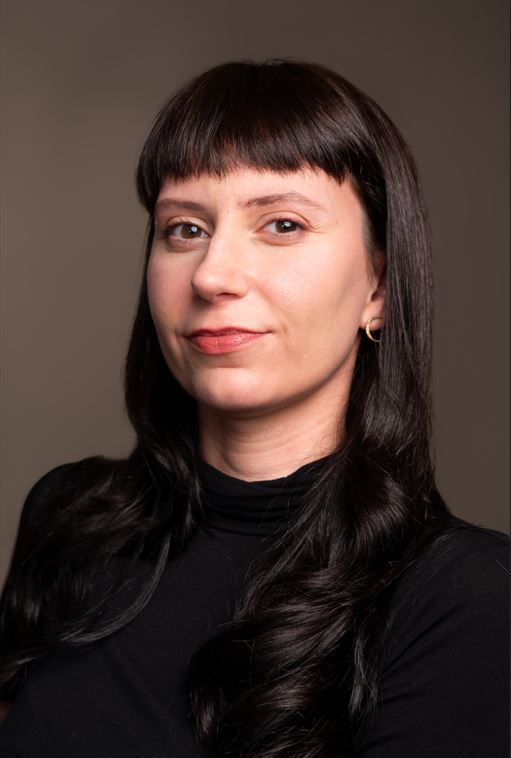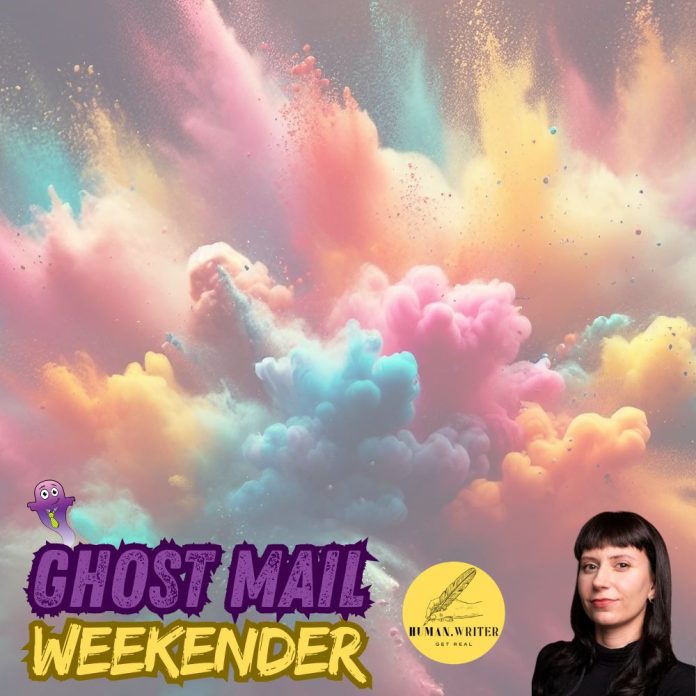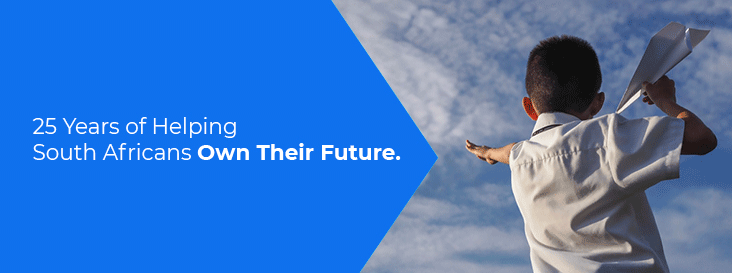Pantene, or panettone? When the name of your business makes people think of shampoo brands and Italian fruit cakes, you need to work hard to carve out a space for yourself in the consumer consciousness. Fortunately, a little Y2K panic helped Pantone do exactly that.
When the clock struck midnight on New Year’s Eve in 1999, the world braced for catastrophe. Y2K, also known as the millennium bug, had been on everyone’s mind for months. Since many year dates on computer systems were stored using only two digits (like “98” for 1998), there was fear that the dawning of the year 2000 would cause the computer systems that controlled everything from banking to flights to misinterpret “00” and cause a critical error.
Planes were predicted to fall out of the sky, computers were supposed to implode, and ATMs were expected to become unusable. Caught up in the panic, many people worldwide withdrew as much cash as they could and stocked up on canned goods, toilet paper and water like the apocalypse was coming. It was a tense time to be alive.
At Pantone’s New Jersey office, a group of executives sat around a table and tried to answer a question that would go on to change the outcome of their company. That question was: if there was one colour that could calm the whole world at once, what would it be?
Back to where it started
The Pantone story starts in the 1950s, with a modest little printing business named M & J Levine Advertising, run by two brothers. In 1956, the brothers hired a young Hofstra University graduate named Lawrence Herbert. He was hired for his chemistry degree, but it was his unexpected obsession with tidiness that created real value. Herbert was dismayed by the chaos that ruled the shop’s ink stocks. Colours were messy, inconsistent, and difficult to reproduce. He set to work creating order and streamlining the colour mixing process, and quickly turned the company’s ink division profitable. In 1962 – just 6 years after starting his job – he bought the company’s technological assets for $50,000 and gave them a catchy new name: Pantone.
From there, Herbert set his order-craving sights on the world. He created the Pantone Matching System (also called PMS) to fulfil his vision of a universal colour dictionary. Herbert’s categorisation of colours would allow designers and manufacturers to ensure consistency, whether they were printing a logo in Tokyo, dyeing cotton in Milan, or molding plastic in Detroit.
But wait – why did we need a dictionary of colour?
Before PMS, colour was completely subjective. A colour described as “sunset orange” in one factory could look like “muddy terracotta” in another. For brands, that was disastrous. Just imagine Coca-Cola’s red appearing as cherry pink on cans printed in the US and maroon on cans printed in the East. Pantone’s guides, which take the form of compact “fan decks” of swatches, solved that problem. The idea behind the PMS is to allow designers to colour match specific colours when a design enters production stage, regardless of the equipment used to produce the colour. Today, this system has been widely adopted by graphic designers and reproduction and printing houses.
By 2019, the catalogue had ballooned to over 2,100 colours. Brands got behind this idea in a big way, and soon, many approached Pantone to create signature “trademarked” colours for them. Just how trademarkable a colour really is somewhat of a murky question (and one that Pantone has skated around for years), but that hasn’t stopped the business from creating the signature blue for Tiffany’s (Pantone 1837), a golden yellow for McDonalds (Pantone 123c), deep purple for Cadbury’s (Pantone 2685c) and of course, a vivid pink for Barbie herself (Pantone 219c).
Enter Ms Eiseman
Herbert may have been a whizz at the science of colour, but he felt that he lacked the understanding of the psychology of colour that his clients – which soon included some of the biggest brands in the world – required.
In 1983, Leatrice Eiseman published her first book, Alive with Color, which was a mix of colour psychology, theory, and her own personal passion. Eiseman had been raised by a mother who was both an artist and an interior decorator, and grew up surrounded by colour; her understanding of the link between emotion and colour was therefore practically instinctive. The book caught Herbert’s eye, and he promptly phoned Eiseman and offered her a job at Pantone.
Eiseman was appointed as a colour consultant but quickly moved into the role of executive director for the Pantone Color Institute – a role she has held for 37 years. Eiseman’s magic touch came in the form of giving the colours names in addition to their numbers. Instead of Pantone 17-1463, designers could now refer to Tangerine Tango. She gave us Marsala (Pantone 19-1557) and Radiant Orchid (Pantone 18-3224). These names weren’t accidental – they were little emotional hooks, pulling buyers and designers into the narrative. With Eiseman’s input, Pantone transformed from simply cataloguing colours to shaping the desire to use them.
The birth of “Colour of the Year”
This brings me back to where I started this article – at the anxious turn of the millennium. One of the people seated at that table I described, wondering if a single colour had the power to calm the entire world, was Leatrice Eiseman.
She chose a pretty, optimistic shade of cerulean blue which reminded her of a clear sky. The Pantone team ran with it and announced Pantone 15-4020, or Cerulean Blue, as their first ever Colour of the Year. For Eiseman, cerulean wasn’t just paint on a swatch; it was hope, bottled and sold in a pigment code. The announcement soon caught fire. Newspapers ran with it, designers referenced it, and consumers latched on.
The millennium experiment proved such a runaway success that Pantone turned it into an annual tradition. These days, a big part of Eiseman’s job involves a kind of global treasure hunt, travelling the world to meet a network of elite “colour whisperers”: designers, trend forecasters, and cultural sleuths who have an uncanny sense of what the world will crave next.
Forecasting the future of colour, it turns out, is part science, part sociology, and part detective work. The Pantone team dissects everything from fashion week runways to museum exhibitions, film studios’ animation palettes, upcoming sporting events, and even viral TikTok aesthetics, tracing the shifting hues of global mood and desire, one colour trend at a time.
Sometimes, Eiseman and her trendy team nail it. Sometimes they spark outrage – like in 2019, when they announced the shade Living Coral (Pantone 16-1546) in a year that saw massive coral deaths across the Great Barrier Reef. Oops. Either way, they got attention. The genius of Colour of the Year is not the prediction itself, but in the positioning. Pantone has moved from being a niche brand to a global influencer. Designers, artists, advertisers, even tech companies began shaping products around the annual pick. In the span of 25 years, a once-obscure printer’s tool became the arbiter of global taste.
Beyond the swatch
If you want real evidence that the Pantone brand has become a household name, you only have to look at the success of Pantone Lifestyle, which was launched to capitalise on the brand’s cultural cachet. Imagine swatch-inspired umbrellas, chairs, notebooks, even flasks. The company has found a way to monetise the very thing it used to sell B2B: colour as an object of desire.
It’s a neat trick, if you think about it. Pantone doesn’t make the paint, fabric, or plastic itself. It sells the language of colour in the form of the system, and then it sells the story of colour back to us through lifestyle products and cultural moments.
Whether the world at large feels that Pantone gets its pick right or not, the fact remains that colour provokes. It reflects what’s happening socially, politically, and environmentally, even when Pantone misjudges the mood. The backlash, in its own way, reinforces Pantone’s central role in global discourse
The business of forecasting
Today, Pantone competes in a booming industry of trend forecasting. Alongside firms like WGSN, it publishes reports predicting which colours will dominate retail two, three, or four years in advance.
It’s a high-stakes game. Entire product lines – from Zara’s seasonal collections to Apple’s iPhone case options – may be shaped by these predictions. Get it right, and Pantone steers billions in consumer spending. Get it wrong, and you might end up with a warehouse full of coral-coloured sofas nobody wants.
On the surface, Pantone’s story is about swatches and pigments. But underneath, it’s about control – control of perception, of branding, and even of cultural mood. Pantone turned something ephemeral into something measurable. And in doing so, it built an empire.
About the author: Dominique Olivier

Dominique Olivier is the founder of human.writer, where she uses her love of storytelling and ideation to help brands solve problems.
She is a weekly columnist in Ghost Mail and collaborates with The Finance Ghost on Ghost Mail Weekender, a Sunday publication designed to help you be more interesting. She now also writes a regular column for Daily Maverick.
Dominique can be reached on LinkedIn here.





I love to read what you write!
Thanks so much Mareli – lots more to come!
Love the way you dig up obscure stories and tell them in a most interesting way. Do not stop.
I couldn’t stop if I tried – thanks John!
So do I. Always most informative, but in a supe, easy style.
Thanks for being such a loyal reader Laurence!
You’re a SUPERB essayist, Dominique. I love your insights and topics, and I eagerly look forward to your weekly contribution on Ghost Mail.
Thank you very much!
What a lovely compliment – thank you Susie! I look forward to entertaining and enlightening you for many Sundays to come.
Absolutely enjoy your articles!!
Thank you Florence 😉